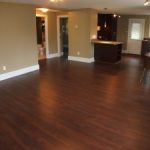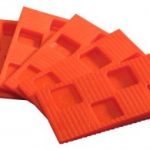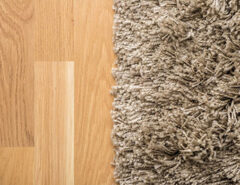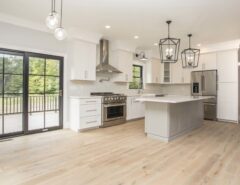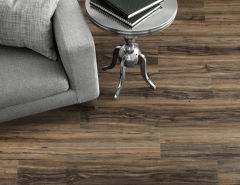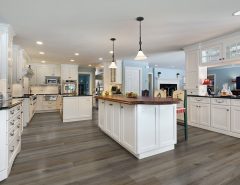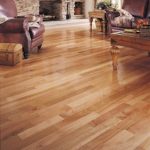 Heating season is upon us. In my 1964 ranch house, I have a cast iron wood stove, two small cast iron gas heaters in the bedrooms, south facing windows and an attached solar greenhouse. I don’t have radiant floor heat, which is the standard in new construction where I live.
Heating season is upon us. In my 1964 ranch house, I have a cast iron wood stove, two small cast iron gas heaters in the bedrooms, south facing windows and an attached solar greenhouse. I don’t have radiant floor heat, which is the standard in new construction where I live.
When I bought this house, there was carpeting in the living room and master bedroom. I pulled it to put in a floating oak floor over the concrete slab. A friend asked me if I was going to lay radiant heat tubing on top of the slab before laying the floor. I said no. I don’t think radiant floor heat is the most efficient or most comfortable.
Radiant heat and new construction
All new construction here now has radiant floor heat. The ground is graded, insulation is laid, then tubing is laid about 6″ apart. Separate rooms or zones are on separate loops that begin at a boiler. Sometimes solar is used to heat the water, but I rarely see this.
The loops are then embedded in a concrete slab, which is the floor. Hot water from a boiler circulates through the loops, which in turn heats the concrete, an excellent heat sink. Once it gets warm, it stays warm. You don’t adjust the heat several times a day.
Temperature control and radiant heat
The main complaints with radiant floor heat is that you can’t control it. When you turn it on, it takes a couple of days to warm up the concrete slab. If you have a chilly morning in fall, you can’t just turn it on for the day or night. I also see people with their windows open in winter, because the system may be sized too large for the house, or maybe they have the thermostat on too high. You can’t turn it down with immediate results.
Similarly in spring, when the days warm up a little, you can’t turn it down.
Radiant heat – mixed reports
Friends say radiant floor heat is expensive to operate with propane or natural gas. Installers will tell you it’s the most efficient, but personal stories tell me otherwise. I know people who have bought wood stoves and space heaters, and turned off the radiant floor heat.
I have seen small stand-alone condos with electric radiant floor heat. Electric cable is embedded in the concrete, and it is timed to go on during off-peak hours. The builder told me that one unit stood empty for a winter, and he could actually see the cost of operating it. For a small place (900 sq ft), the electric bill was about $120/month. Not bad for electric heat! Heating is more efficient once there is mass in the house (furniture, etc) to hold the heat, so I imagine a base cost would be less than $120.
What makes for efficient heating systems?
People do like warm feet, and that’s why radiant floor heating is so popular. I think there are more efficient ways to heat, though. Solar hot water would be more efficient and cost effective with radiant floor heat. Using gas or electricity to heat water in a boiler is expensive. The sun heating the water would reduce the need for fossil fuels, reduce fuel bills and have a high ROI. I think less efficient ways are forced hot air (especially when the ducts come down through the ceiling, since hot air rises!), free-standing metal space heaters and metal wall heaters (like you see in hotels).
For a heating system to be efficient, it needs thermal mass. That’s why I like my cast iron heaters. They were pricey, but they paid for themselves with the savings in gas and wood, because they hold and radiate heat with less fuel. I leave the pilot lights on the gas heaters, and that is enough to heat a bedroom, unless it is really cold out. When the fire goes out, the stove is still warm radiating heat. Ceiling fans help to keep the heat down from the ceiling and moving around the house. That’s true with any heating system.
Radiant heat – ask the right questions
Homeowners need to be educated about radiant floor heat. I think they are disappointed when their feet are warm, but the rest of the house is too hot and fuel bills are unnecessarily high. Installers and contractors also need to be more honest about the costs associated with it. More passive solar heat and efficient heaters, tighter envelopes (like a passivhaus) and more awareness of diminishing natural resources are in order.
I don’t have warm floors, but I do have wool slippers. 😉


